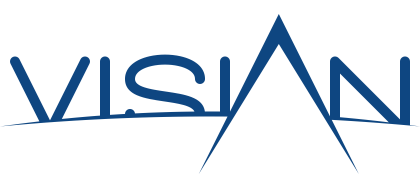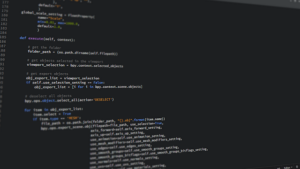In one of our first articles, we mentioned how Python is the #1 programming language we use at Visian Systems. Not only it has simple and quick-to-learn syntax, but Python also has one of the largest libraries of frameworks and other toolkits to help its coders. So we thought about recommend a few of the Python […]


Leave a Reply